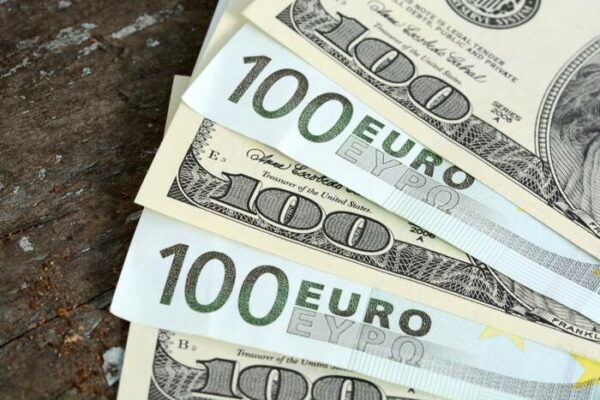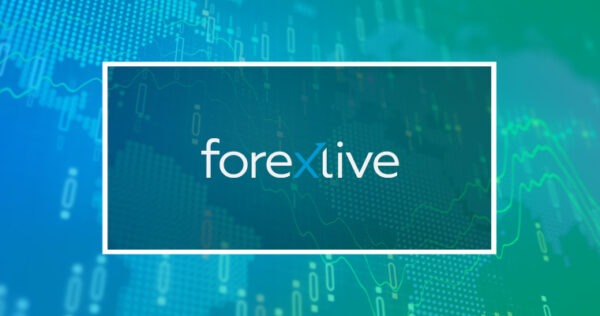FOMC preview: What to expect from interest rates in 2024

Fed Powell likely to hold rates in May
Futures prices currently indicate a 97% probability that the Federal Open Market Committee (FOMC), led by Jerome Powell, will maintain the Fed Funds interest rate unchanged in Wednesday’s May meeting. This high likelihood reflects market expectations for steady monetary policy in the near term, given strong US data in employment and inflation in recent months.
Interest rates expected stay put until September
Owing to continuous sticky inflation above 2%, predictions from the CME now suggest that any potential rate cuts by the Federal Reserve may be deferred until the September FOMC meeting. This adjustment in expectations marks a significant delay in the monetary easing cycle, which expected a series of cuts in 2024 at the start of the year.
Will Powell revise his 2024 trajectory?
Following the Fed’s March projections of 2-3 rate cuts this year, evolving economic conditions now present a scenario where no cuts might occur. Chances of rates being left alone this year are now up to 18%, up significantly from the 0% earlier this year (CME FedWatch tool). This shift raises questions on whether Powell will adjust the 2024 rate trajectory on Wednesday in light of new data.
When will the yield curve normalize?
The US yield curve has been inverted since 2022, signaling investor concerns about longer-term economic prospects. However, recent trends have seen the curve flattening slightly compared to how inverted it was at certain points in the past year. With short-term interest rates refusing to fall, yields for longer-term bonds have appreciated — notably the 10-Year rising from sub-4% to near 4.7%. This rise is reassuring for normalization as the gap between yields on short and long term debt narrows.
US dollar positively correlated to rates
On a rolling 12-month basis, US dollar exhibits a positive correlation with interest rates (10YR yields), meaning its strength may persist if US rates remain elevated while European counterparts initiate rate cuts. On the other hand, with rates likely near highs, any reversion lower could similarly impact US dollar prices.
This article was originally published by a www.ig.com
Read it HERE







